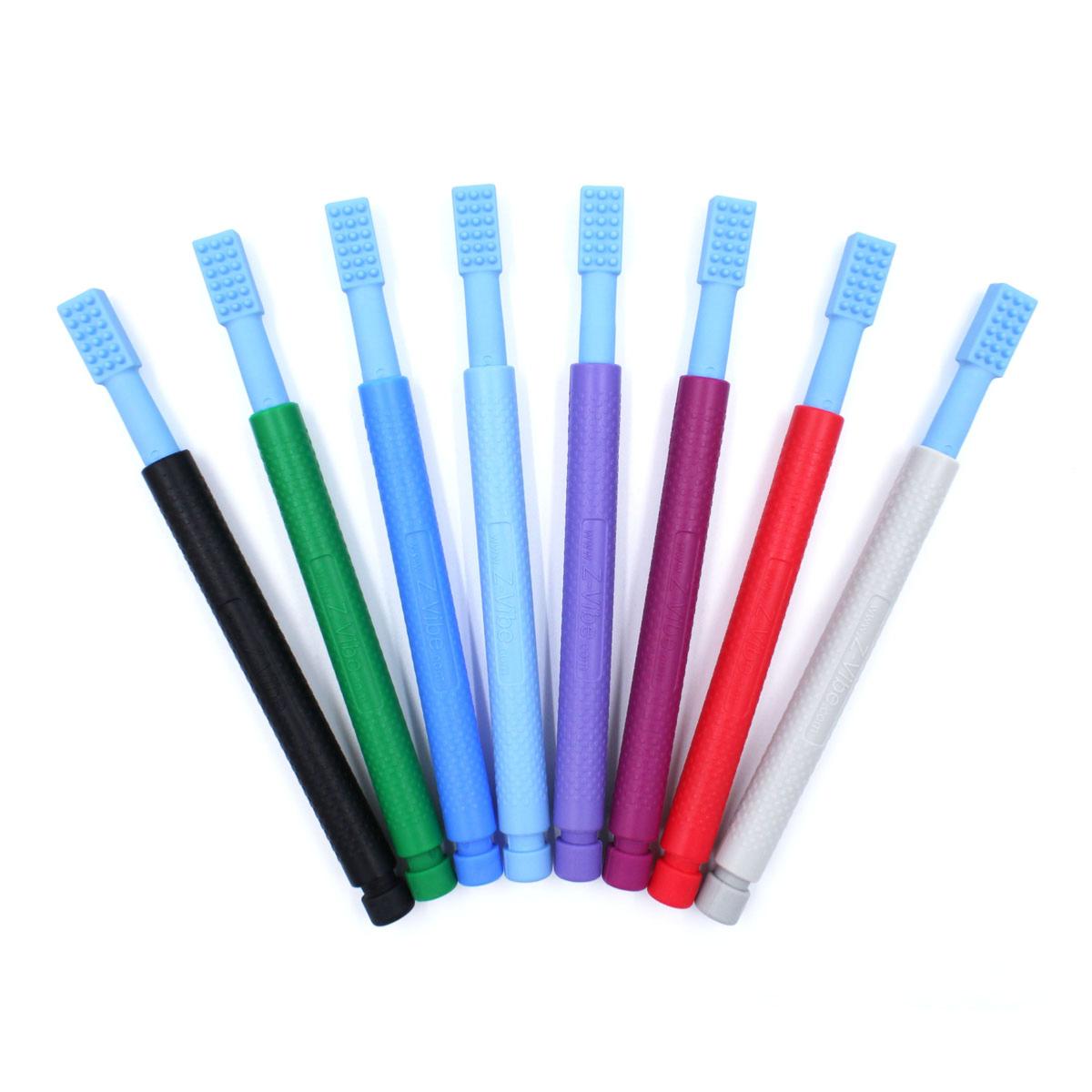

The Z-Vibe is a tool to help you provide targeted tactile cues within the oral cavity without getting your fingers in harm's way. Similarly, sometimes you need to physically show an individual where the tongue should go for this sound, that skill, etc. So the instructor comes over and adjusts your arm into in the right position. You've heard the instructor explain a pose, you've seen her demonstrate it, but it's just not clicking for you. Sometimes, however, these two senses are not enough, and we must look to the sense of touch. Most people are either visual or auditory learners. But some individuals (particularly those with developmental delays) need oral motor therapy to learn those skills.

Z VIBE AUSTRALIA HOW TO
Most people naturally learn how to do this on their own. In order to properly articulate sounds and manage food, the mouth muscles need to be in very specific "poses." For example, try drinking from a straw right now and pay attention to what your mouth is doing - your lips should be pursed and closed around the straw, the tongue tense and retracted, and the cheeks taut. Speech and feeding are very much the same, only localized to the muscles of the lips, tongue, jaw, and cheeks. In order to get a pose right, several muscle groups must be working together in a delicate balance of strength, coordination, movement, and endurance. Oral motor therapy works on these "pre-requisites" for speech and feeding.

It must also be able to function independently - or dissociate - from the jaw. In order to produce the /l/ sound, the tongue tip must elevate to the alveolar ridge (just behind the upper front teeth). For example, try saying "la la la" right now, paying attention to what your tongue is doing. Oral motor therapy works on the oral skills necessary for proper speech and feeding development.


 0 kommentar(er)
0 kommentar(er)
